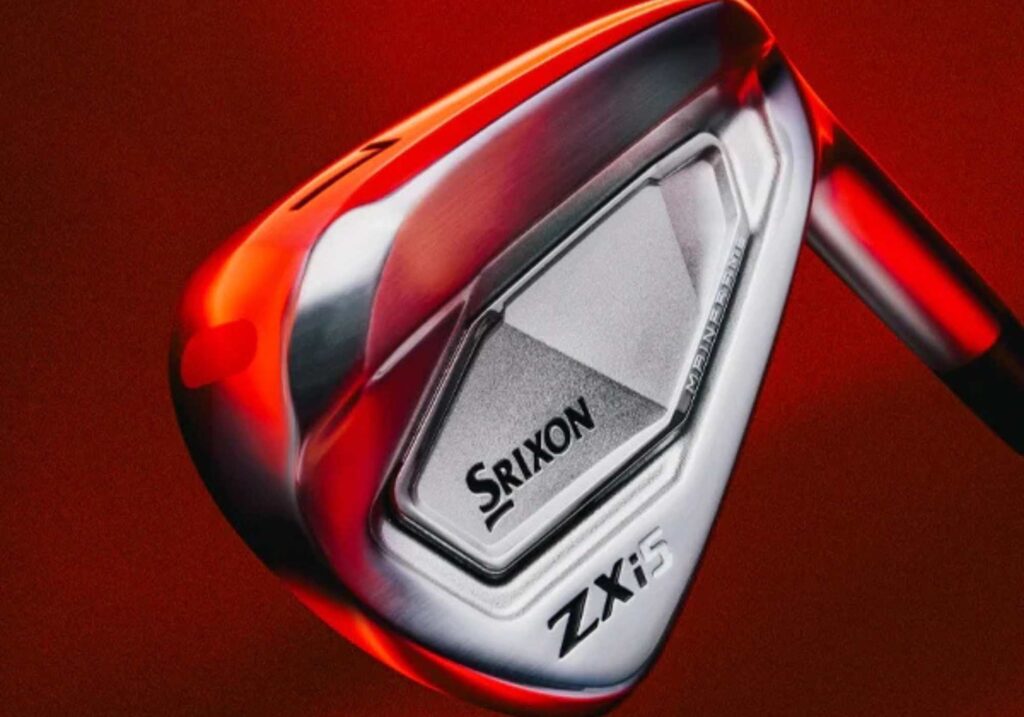Wondering if “players distance irons” are right for your game?
Walk into any golf store or read an equipment review and you’ll see the term “players distance irons.” It sounds appealing, right? Distance and a players look. But what does it actually mean? How are they different from blades or game-improvement irons? And who should put them in the bag?
Let’s break down everything you need to know.
What Are Players Distance Irons?
Players distance irons are designed to combine the best of both worlds: the compact, traditional look of a players iron with the ball speed and forgiveness of modern technology.
They typically feature:
- Compact or moderate-sized clubheads
- Thin toplines and minimal offset (but not as thin as blades)
- Hollow-body or multi-material construction
- Stronger lofts than blades, but weaker than game-improvement irons
- Technologies that increase ball speed and launch
These irons appeal to golfers who want forgiveness and distance, but prefer the sleeker look and feel of a players club.
Who Are They For?
Players distance irons suit:
- Low to mid-handicap golfers (around 5–15)
- Golfers who want added distance and forgiveness without sacrificing a traditional look
- Players who find blades too punishing but game-improvement irons too bulky
- Better players looking to add distance in long irons while keeping short irons more workable
They are not just for elite players, but also not ideal for beginners who need maximum forgiveness.

Key Design Features of Players Distance Irons
1. Compact Look with Added Forgiveness
These irons are designed to look like players irons from address. You’ll see thinner toplines and less offset, giving confidence to those who prefer a traditional look. But under the hood, they hide modern tech for forgiveness and ball speed.
2. Stronger Lofts for More Distance
Players distance irons generally have lofts stronger than traditional irons. For example, a 7-iron might be 30 to 32 degrees instead of 34 or 35.
Why? The stronger lofts add distance, while the hollow-body construction and low CG maintain launch and stopping power.
3. Hollow-Body or Multi-Material Construction
Many players distance irons use a hollow body design, sometimes filled with foam or polymers to improve feel. Brands also use multi-material designs combining steel faces with tungsten weighting to optimize launch and forgiveness.
4. Thin, Fast Faces
To generate extra ball speed, these irons often use thinner faces, similar to fairway wood or hybrid designs. This increases distance on center strikes and helps maintain speed on mishits.
Pros and Cons of Players Distance Irons
Pros
- Clean, compact look at address
- More distance than traditional players irons or blades
- Higher launch despite stronger lofts
- Good forgiveness for the size
- Solid feel and sound with modern tech
Cons
- Less forgiving than game-improvement irons
- Not as workable as pure blades
- Stronger lofts can create gapping challenges or “jumpers”
- Feel is sometimes described as more “clicky” or “metallic” due to hollow designs

Popular Players Distance Irons
Here are some of the top models golfers are raving about right now:
TaylorMade P790
- One of the category leaders since launch
- Hollow-body design with SpeedFoam for improved feel
- Thin topline with powerful ball speeds and easy launch
Titleist T200
- Compact look with Max Impact technology for ball speed
- Tungsten weighting for stability and forgiveness
- Appeals to Titleist players wanting distance with a players shape
Callaway Apex Series
- Forged construction with hollow-body design
- AI-designed face cup for distance and consistency
- Feels softer than many in the category
PING i530
- Hollow-body with a forged maraging steel face
- High launch with controllable spin
- Clean look typical of PING players irons

How Do They Compare to Other Irons?
| Iron Type | Key Features | Best For |
| Blades (Players Irons) | Compact, minimal forgiveness, maximum control | Low handicaps and elite ball strikers |
| Players Distance Irons | Compact look, added forgiveness, distance boost | Low to mid handicaps |
| Game-Improvement Irons | Larger heads, maximum forgiveness, strong lofts | Mid to high handicaps |
| Super Game-Improvement Irons | Very large heads, ultra-forgiving | Beginners and high handicaps |
Should You Play Players Distance Irons?
Here are some questions to ask yourself:
- Do you want more distance without giving up a traditional look?
- Are you a decent ball striker but need help on mishits?
- Do you like the feel of forged irons but wish your 7-iron flew farther?
- Do you prefer a slimmer topline over a bulky game-improvement iron?
If you answered yes, players distance irons are worth testing. They’re built to help you hit it farther with better launch and still maintain the look and control you love.
Final Thoughts
Players distance irons fill the gap between classic blades and chunky game-improvement clubs. They’re built for golfers who want distance and forgiveness wrapped in a traditional players-style package.
If you want to hit it farther without sacrificing looks and feel, book a fitting and try a few models. It could be the upgrade that finally bridges the gap between your skills and your scoring goals.
